When venturing into the world of reptile keeping, choosing the right first snake can make all the difference between a rewarding experience and a frustrating one. Among the many options available, corn snakes (Pantherophis guttatus) consistently rank at the top of recommendations for novice keepers. These colorful, docile reptiles have earned their reputation through a combination of manageable care requirements, friendly temperaments, and reasonable size. Whether you’re a parent looking for a child’s first pet snake or an adult interested in reptile keeping, corn snakes provide an excellent entry point into the fascinating world of snake husbandry. Their popularity isn’t just a trend – it’s backed by practical advantages that make the learning curve gentle for newcomers while still offering an engaging pet experience.
Manageable Size Makes Handling Easy
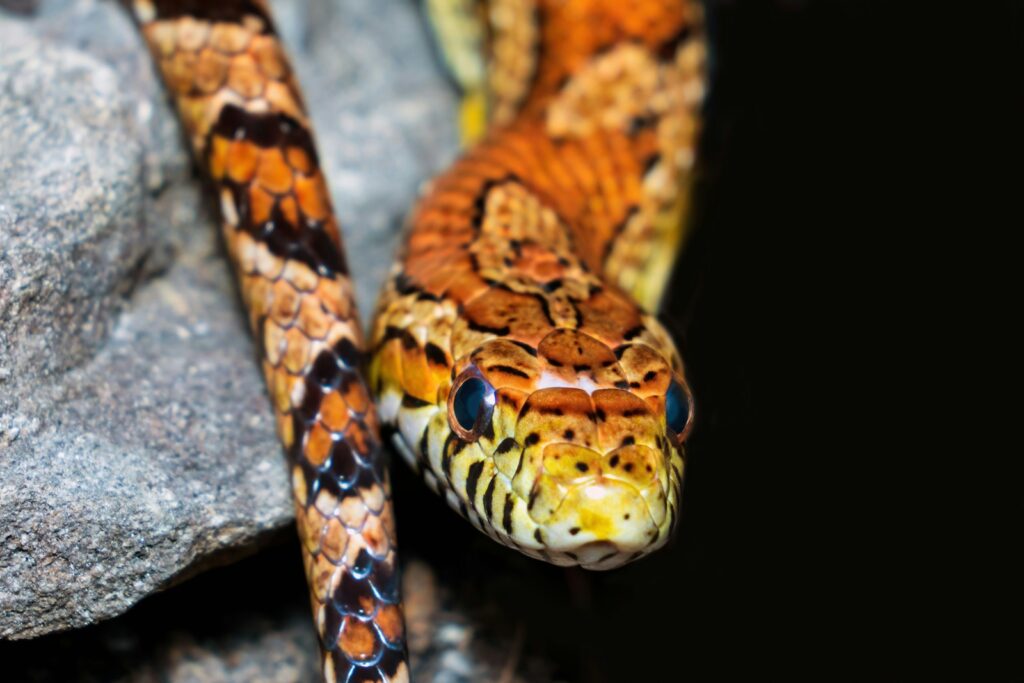
Corn snakes reach an adult length of 3-5 feet (91-152 cm), making them substantial enough to handle confidently but not so large that they become difficult to manage. This medium size is perfect for beginners who might be intimidated by larger snake species like boa constrictors or pythons. Their slender build means they don’t require the massive enclosures or heavy-duty equipment needed for larger constrictors. Even at their full adult size, corn snakes remain lightweight and easy to support with just one or two hands during handling sessions. This manageable size also makes them less intimidating for family members or friends who might be hesitant around reptiles.
Docile Temperament Builds Confidence
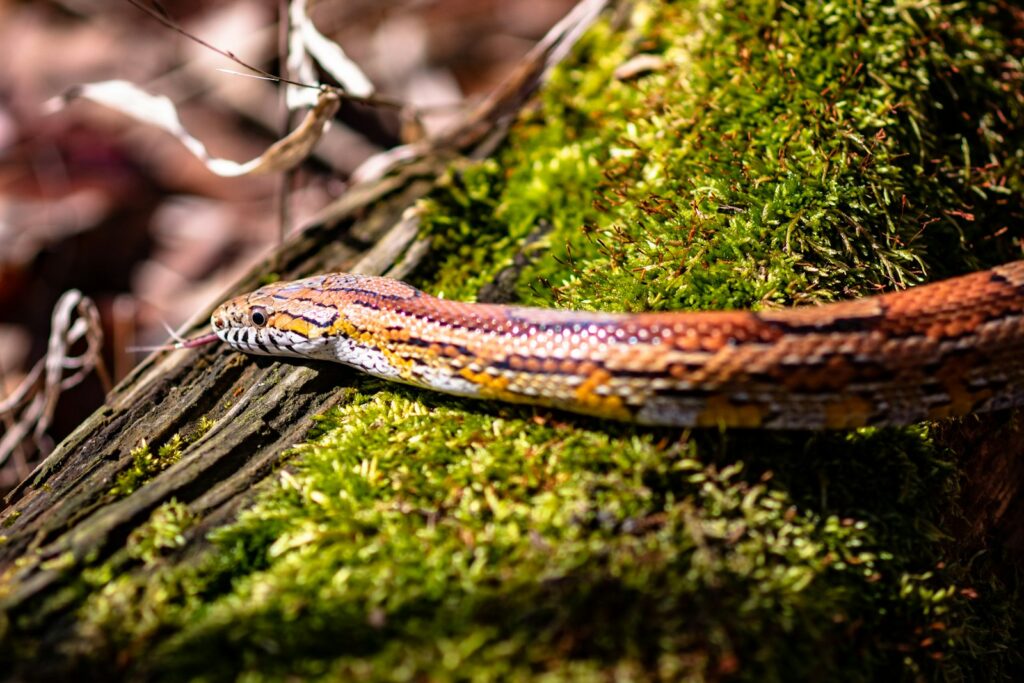
Perhaps the most beginner-friendly characteristic of corn snakes is their naturally calm and tolerant disposition. Unlike some snake species that may be defensive or nippy, properly socialized corn snakes rarely bite and typically tolerate handling with remarkable patience. New keepers can build confidence in their handling skills without fear of aggressive responses. This gentle temperament makes corn snakes particularly suitable for families with children (under appropriate supervision). Even corn snakes that haven’t been handled regularly can usually be acclimated to human interaction with consistent, gentle handling sessions. Their predictable behavior helps new keepers learn to read snake body language and develop proper handling techniques in a low-stress environment.
Simple Feeding Requirements
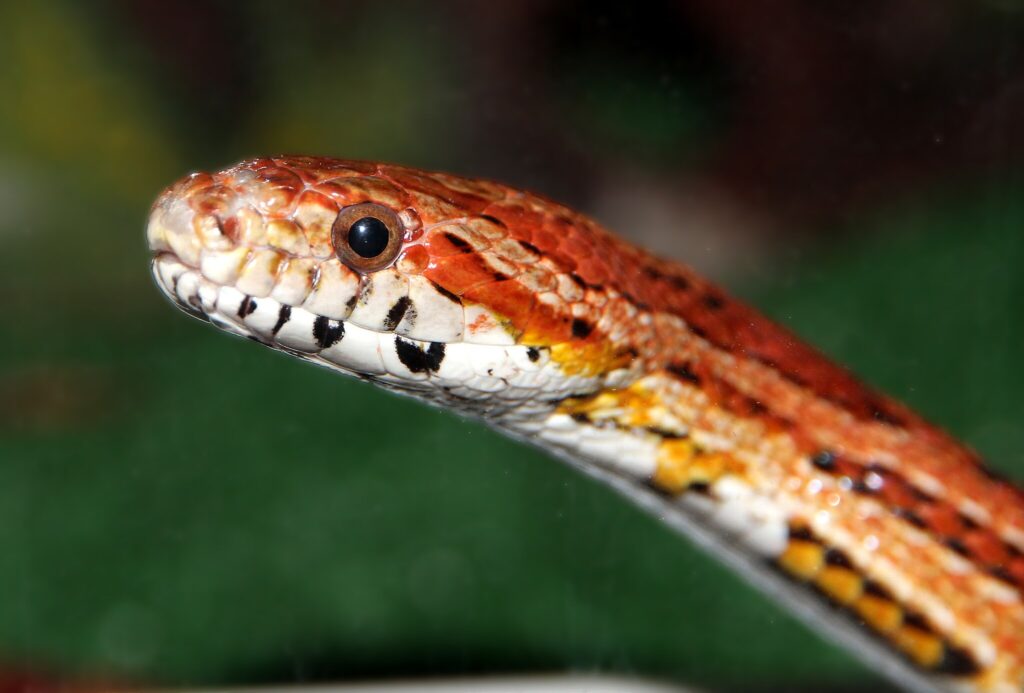
Feeding a corn snake is straightforward compared to many other reptiles, making them ideal for beginners learning proper husbandry. These snakes readily accept pre-killed or frozen-thawed mice that are widely available at pet stores or online, eliminating the ethical and safety concerns of live feeding. Their predictable appetite means they typically eat consistently once every 7-10 days as adults, with younger snakes eating slightly more frequently. Corn snakes rarely develop the feeding problems that plague some more finicky species, and they don’t require the specialized diets of insect-eating or egg-eating snake species. Additionally, their efficient metabolism means they produce relatively little waste, making maintenance more manageable for new keepers unfamiliar with reptile care.
Reasonable Housing Requirements
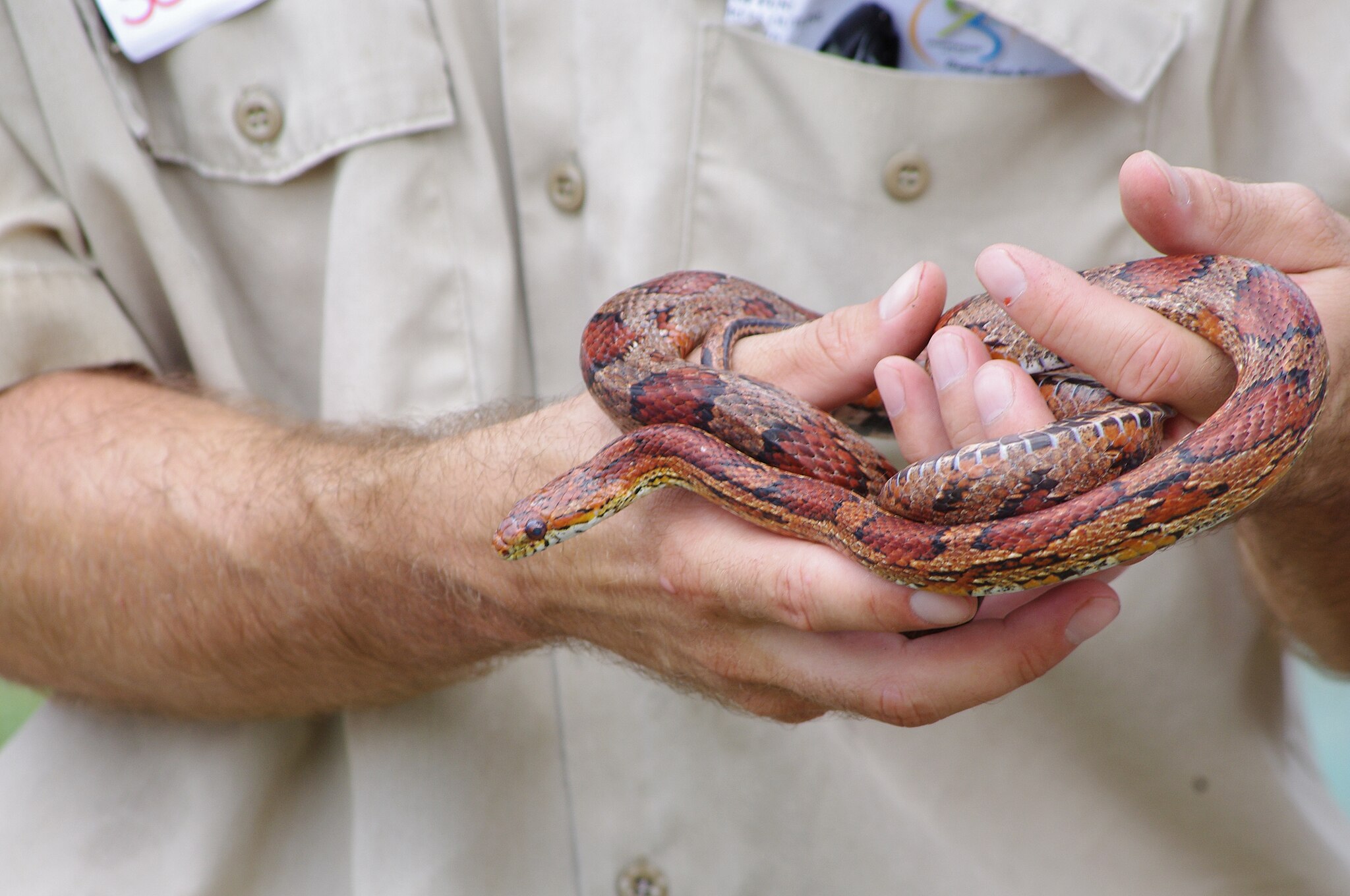
The enclosure needs for corn snakes are modest compared to many reptile species, making initial setup and ongoing maintenance more approachable. An adult corn snake can thrive in a 20-40 gallon enclosure, which fits comfortably in most living spaces without dominating a room. Their temperature requirements fall within a comfortable range (75-85°F with a 90°F basking spot), achievable with basic heating equipment like an under-tank heater or low-wattage heat lamp. Unlike many tropical species, corn snakes don’t require extremely high humidity levels, typically thriving in 40-50% humidity that’s achievable in most homes without specialized equipment. This reasonable housing setup allows beginners to focus on learning proper husbandry rather than struggling with complex environmental management.
Exceptional Hardiness
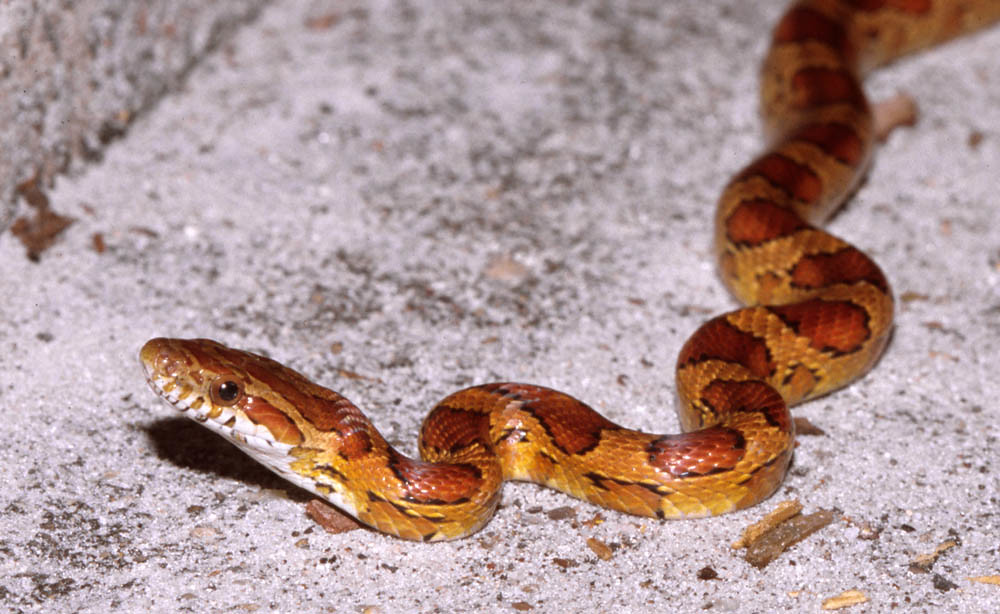
Corn snakes possess remarkable resilience that forgives minor husbandry mistakes that might prove fatal to more sensitive species. Their native range spans diverse environments across the southeastern United States, giving them natural adaptability to varying conditions. This hardiness means they can tolerate brief temperature fluctuations or humidity variations that might stress other reptiles. Their strong immune systems make them less susceptible to common reptile health issues like respiratory infections or scale rot when kept in reasonably appropriate conditions. For beginners still learning the nuances of reptile care, this forgiving nature provides valuable room for learning without putting the animal at serious risk from minor errors in husbandry.
Long Lifespan With Minimal Health Issues
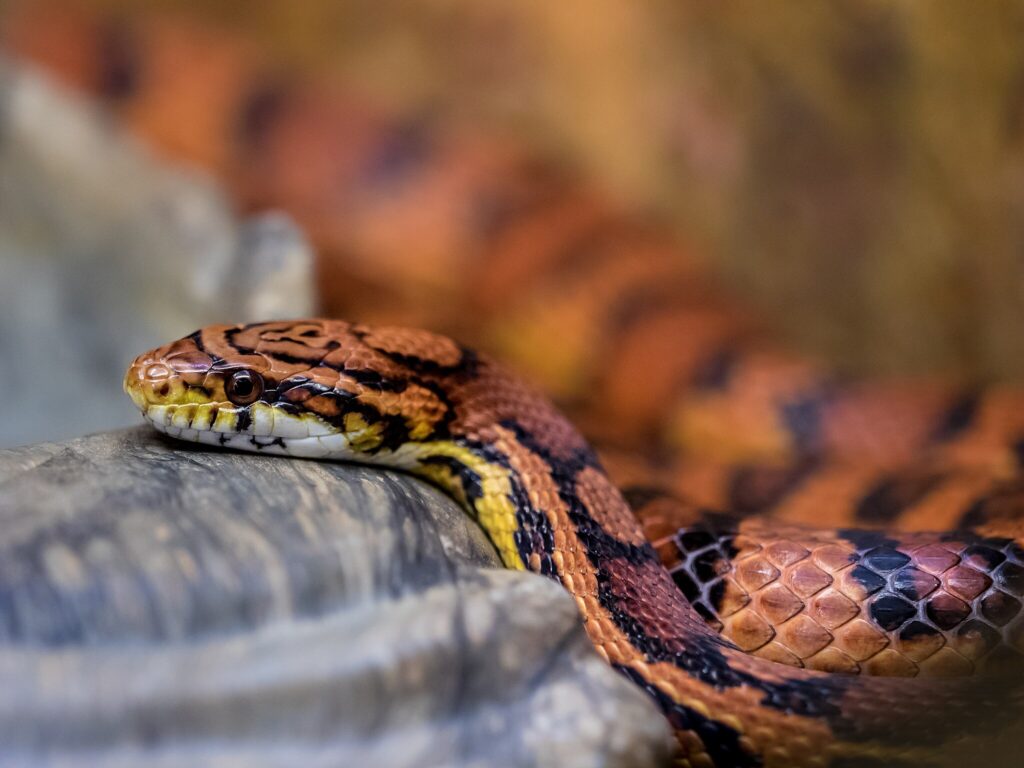
With proper care, corn snakes routinely live 15-20+ years in captivity, offering a long-term companion without the extreme longevity commitment of some parrot or tortoise species. This lifespan allows keepers to develop a genuine bond while providing a stable pet for significant life periods. Corn snakes are generally robust and resistant to many common reptile ailments when kept in appropriate conditions. Unlike some reptile species that require specialized veterinary knowledge, corn snakes typically need only basic wellness checks from exotic veterinarians familiar with reptiles. Their predictable health patterns make it easier for beginners to recognize potential problems early, when intervention is most effective and treatment options are less complex and costly.
Stunning Color Varieties
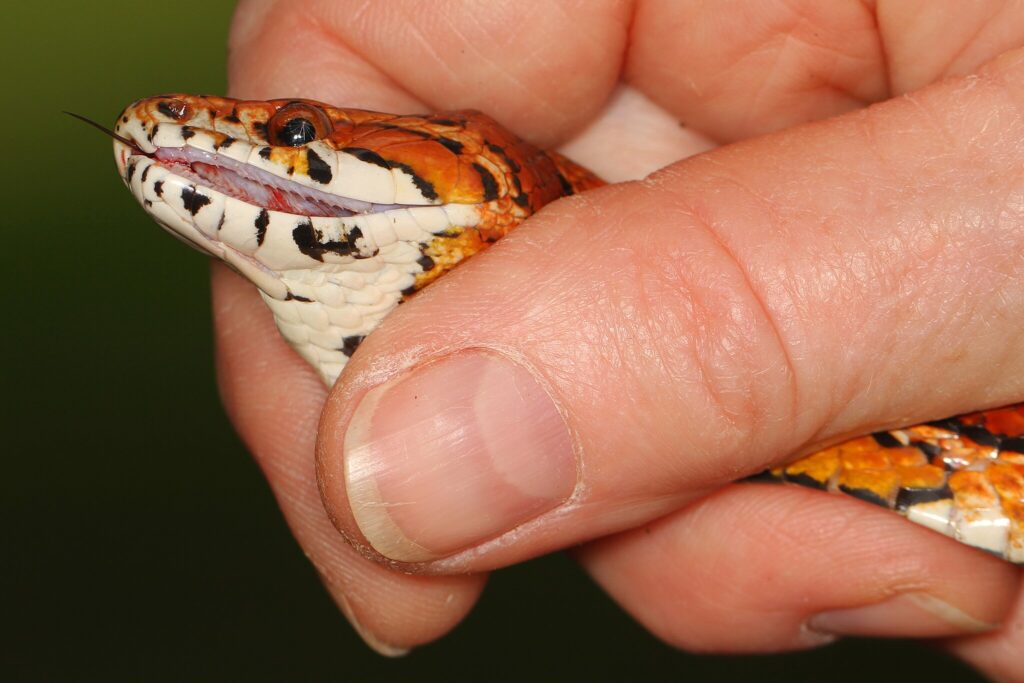
The remarkable diversity of corn snake morphs offers beginners the excitement of exotic-looking snakes without the challenges of keeping truly exotic species. These color and pattern variations result from decades of selective breeding, producing everything from vibrant orange “normal” types to striking albinos, snowy whites, and dramatic black-and-white specimens. Many morphs are now bred specifically for their docile temperaments along with their distinctive appearances. This variety allows new keepers to select a snake that appeals to their aesthetic preferences while still enjoying the same beginner-friendly care requirements. The wide availability of different morphs at various price points also means beginners can find beautiful specimens within reasonable budgets, unlike some reptile species where attractive individuals command prohibitive prices.
Readily Available and Affordable
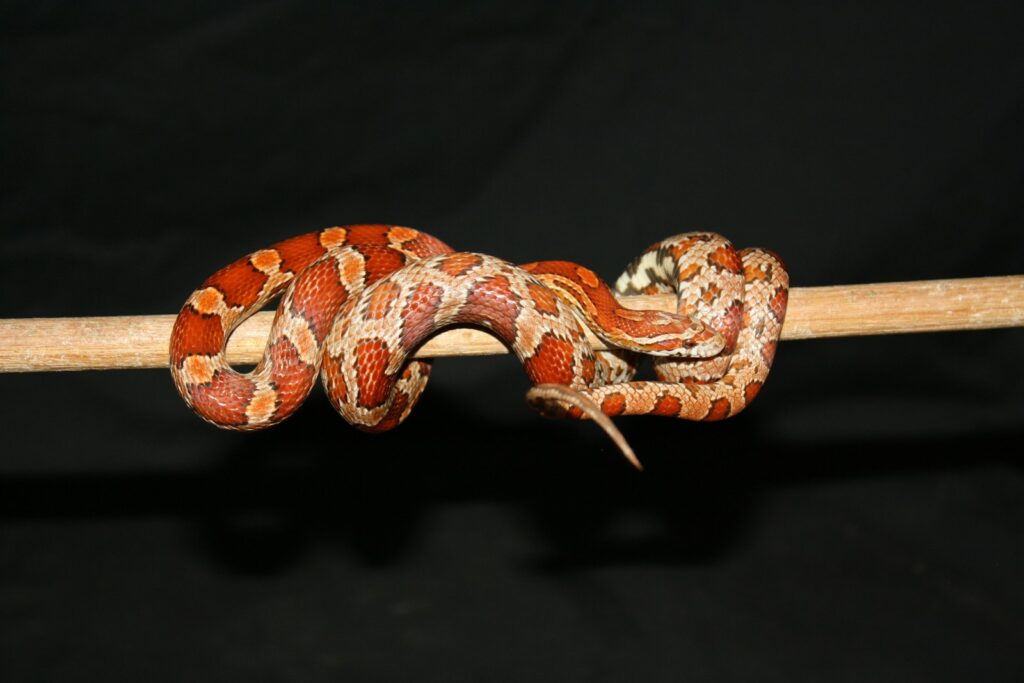
Unlike some exotic reptiles, corn snakes are widely bred in captivity, making them easy to find from reputable breeders, reptile expos, and even many pet stores. This availability means beginners can typically find healthy specimens without resorting to wild-caught individuals that may carry parasites or have difficulty adjusting to captivity. Basic morphs of corn snakes are quite affordable, typically ranging from $30-80 for common varieties, making them accessible to most budgets. Even specialty morphs with unique color patterns have become increasingly affordable as breeding techniques have improved. The widespread breeding also means new keepers can often connect with experienced breeders who provide valuable advice and support beyond the initial purchase.
Active During Convenient Hours
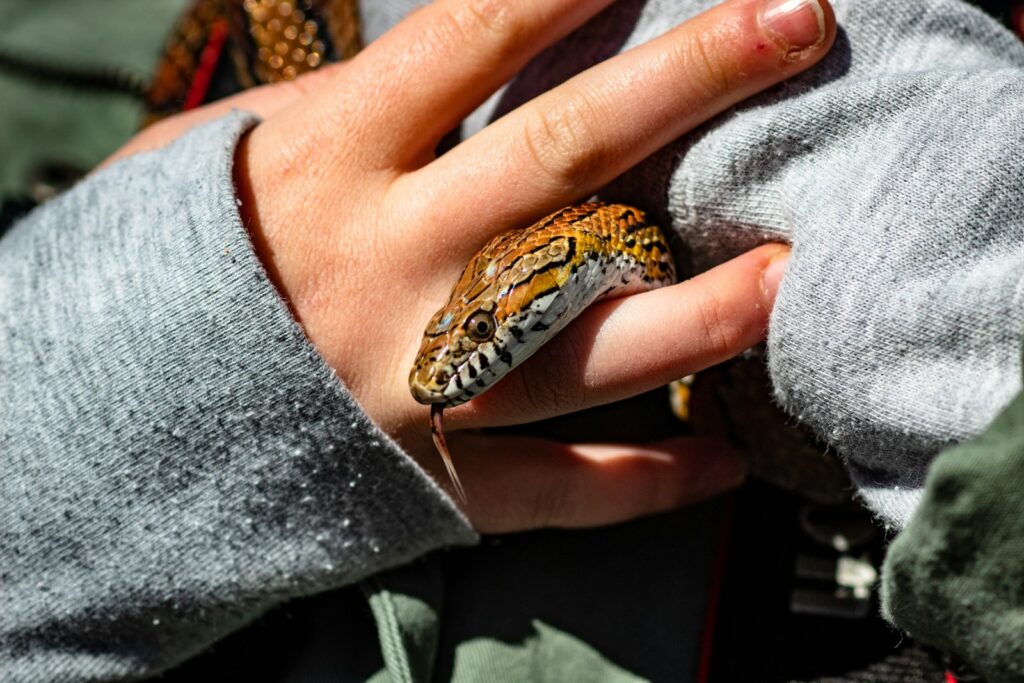
Corn snakes exhibit a crepuscular tendency, being most active during dawn and dusk hours when most owners are home and able to observe and interact with them. This activity pattern means they’re often visible and engaging during evening hours when families typically have free time. Unlike strictly nocturnal species that may remain hidden during prime viewing hours, corn snakes frequently explore their enclosures during accessible times. Their moderate activity level provides entertainment value without the constant movement that makes some lizards difficult to monitor. This visibility during convenient hours helps beginners form stronger bonds with their snakes and better monitor their behavior and health.
Low Space Requirements
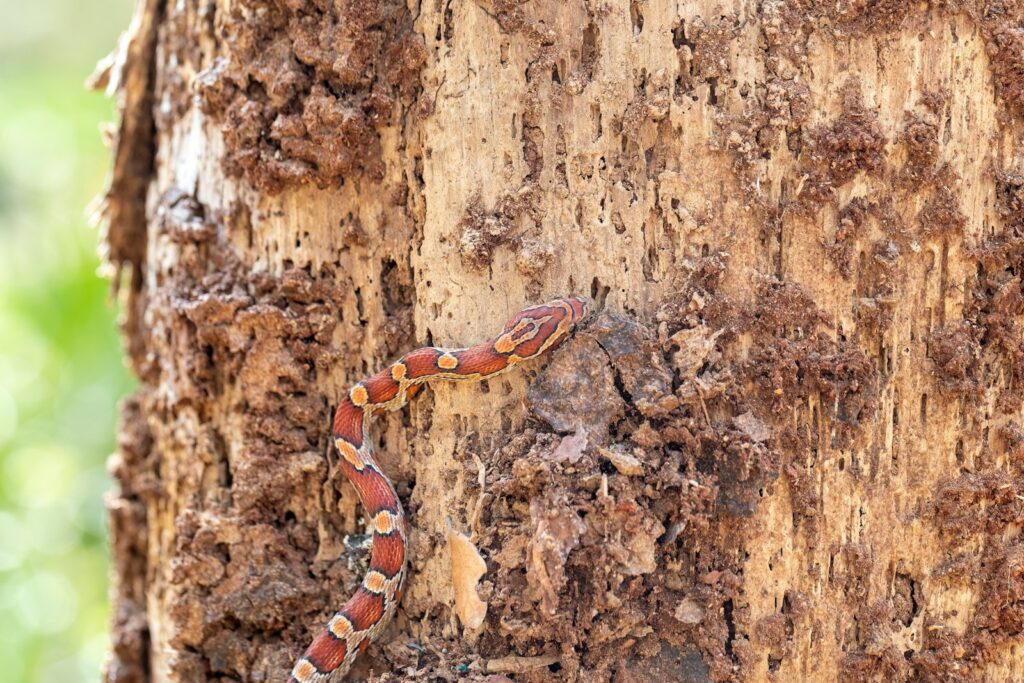
The modest spatial needs of corn snakes make them ideal for keepers with limited room or those living in apartments or smaller homes. Their complete habitat setup requires far less space than dogs, cats, or even many other reptiles like bearded dragons or larger snake species. The vertical climbing opportunities they enjoy can be provided in moderately tall enclosures that utilize vertical space efficiently. This space efficiency extends to their supplies as well, with food storage requiring only a small portion of a freezer for mice. For beginners concerned about accommodating a new pet in limited living conditions, corn snakes provide an engaging reptile experience without demanding extensive spatial commitments.
Minimal Odor and Noise
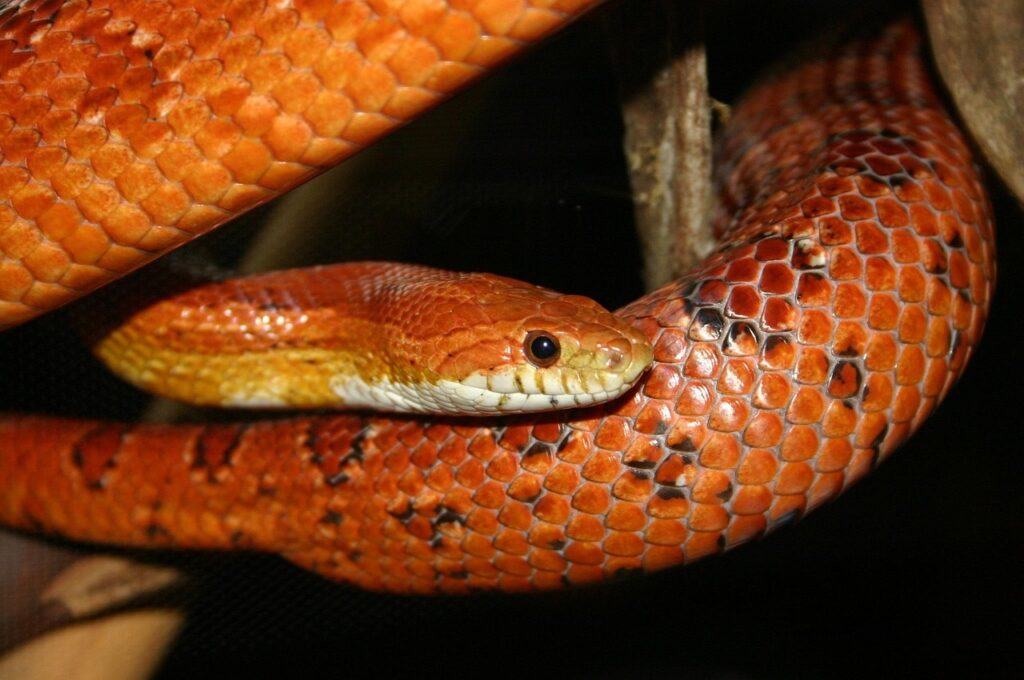
Corn snakes are exceptionally clean pets that produce virtually no noise and minimal odor when properly maintained. Unlike many mammal pets, they don’t have fur that can trigger allergies or trap odors in the home. Their waste is produced infrequently (typically once per week or less for adults) and can be promptly removed without lingering smells. Corn snakes are completely silent except for occasional rustling in their substrate, making them ideal for noise-sensitive environments like apartments with thin walls. Their clean nature means most visitors won’t even notice a well-maintained corn snake habitat in the home until it’s pointed out, allowing snake-hesitant housemates or family members to adjust gradually to their presence.
Extensive Care Information Available
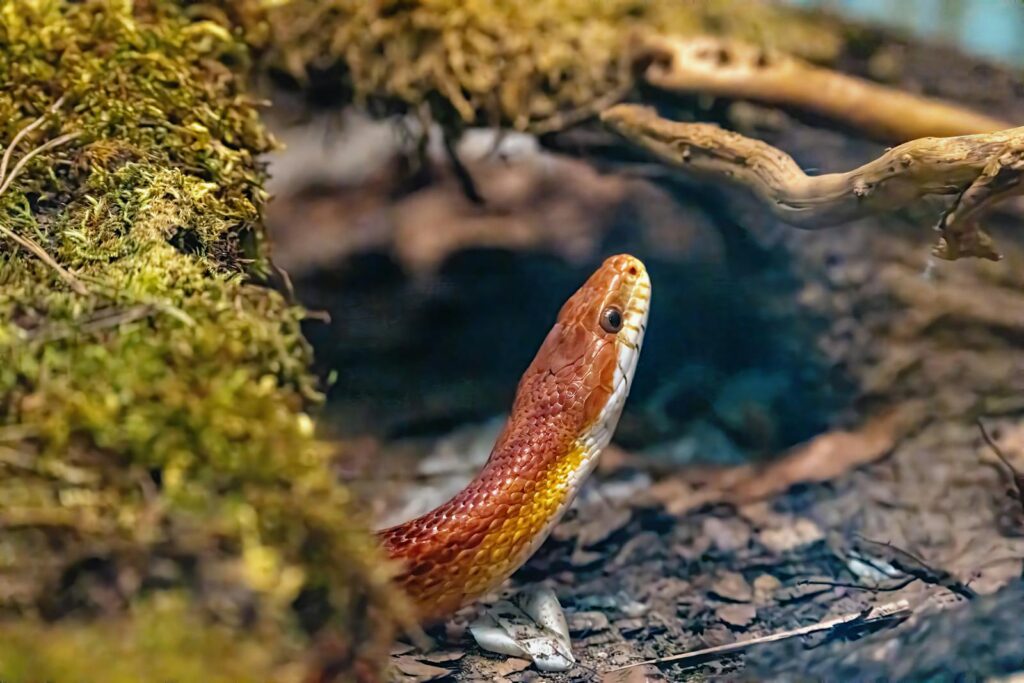
The popularity of corn snakes has created a wealth of detailed care information readily accessible to beginners through books, websites, forums, and video tutorials. This abundance of resources means new keepers rarely encounter husbandry challenges that haven’t been thoroughly documented with multiple solution approaches. Specialized corn snake communities online provide direct access to experienced keepers willing to offer personalized advice based on decades of collective experience. Many local herpetological societies include corn snake enthusiasts who offer in-person mentorship opportunities for beginners seeking hands-on guidance. This educational support network significantly flattens the learning curve for new keepers, providing confidence that questions can be quickly answered as they arise.
Low Maintenance Schedule
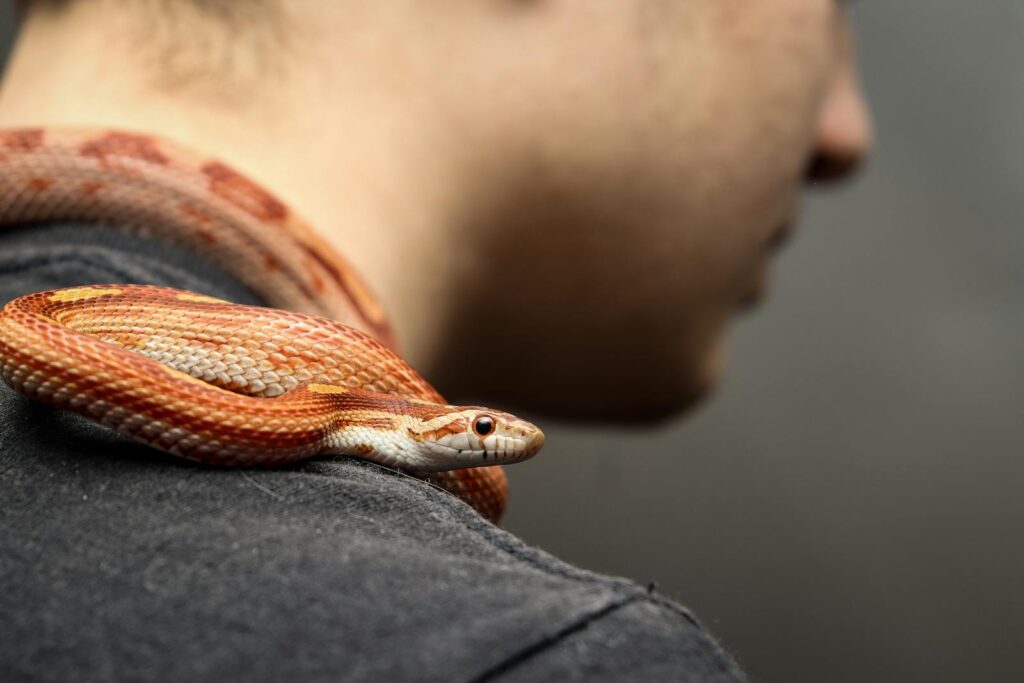
The infrequent care requirements of corn snakes accommodate busy lifestyles and occasional travel without requiring daily attention. Adult corn snakes typically eat only once every 7-10 days, eliminating the daily feeding commitment required by many pets. Their enclosures generally need thorough cleaning just once monthly, with spot cleaning of waste as it appears. Fresh water is the only truly daily requirement, and even this can be managed with slightly larger water dishes during brief absences. This low-maintenance schedule makes corn snakes suitable for working professionals, students, or families with varying availability to provide care. For beginners concerned about the time commitment of a new pet, corn snakes offer a rewarding balance of interaction opportunity without demanding rigid daily routines.
Conclusion

Corn snakes have rightfully earned their reputation as the gold standard for beginner snake ownership through their combination of manageable size, gentle temperament, simple care requirements, and stunning appearance. They provide an accessible entry point into reptile keeping without overwhelming newcomers with complex needs or dangerous behaviors. While all pets require proper research and commitment, corn snakes forgive minor husbandry mistakes that might prove catastrophic with more delicate species. Their reasonable space requirements, minimal noise and odor, and modest financial investment further enhance their suitability for first-time snake owners. For anyone fascinated by reptiles but hesitant to dive into more challenging species, corn snakes offer an ideal balance of rewarding interaction with approachable care – truly earning their place as one of the best beginner snakes available.

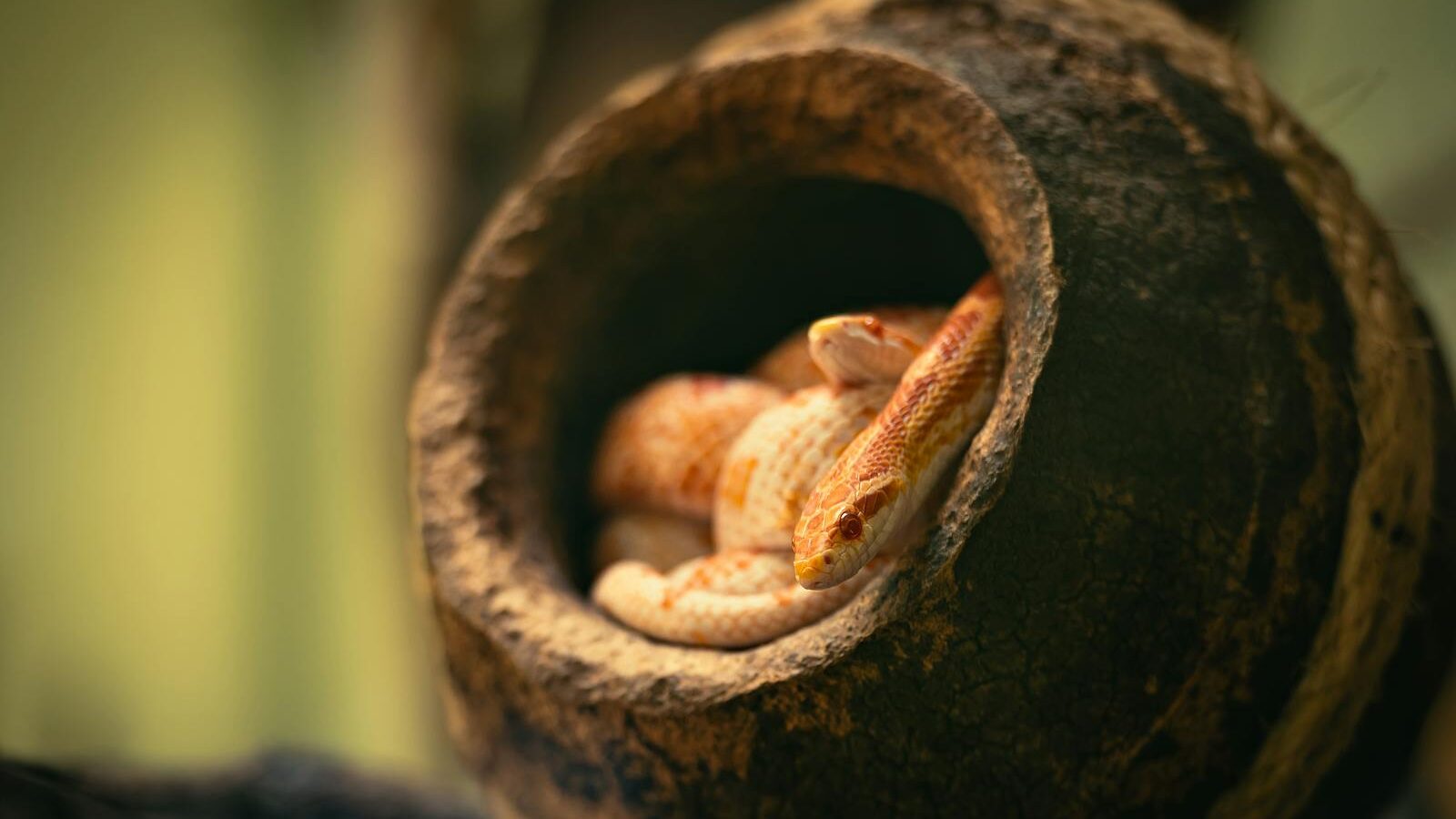
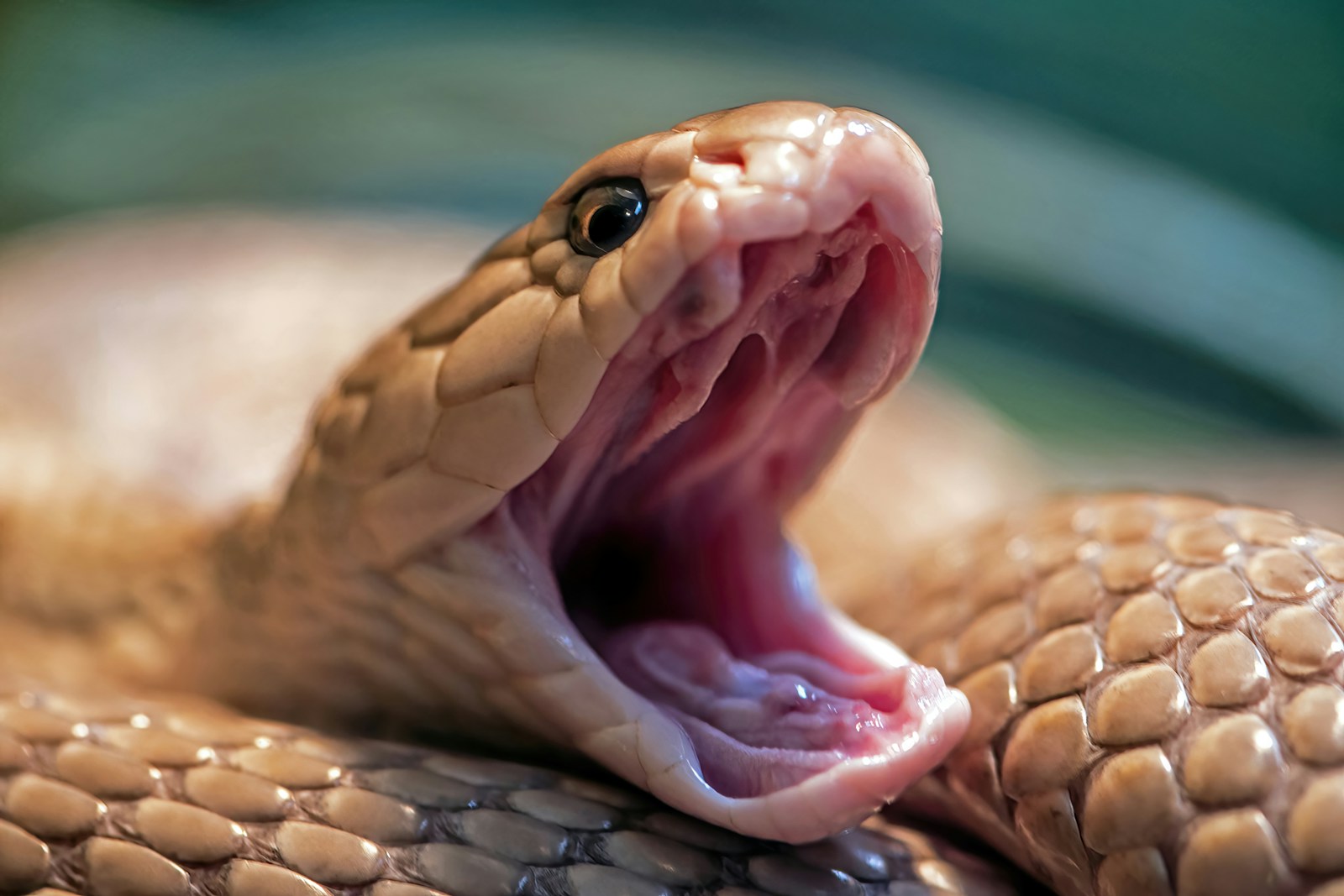
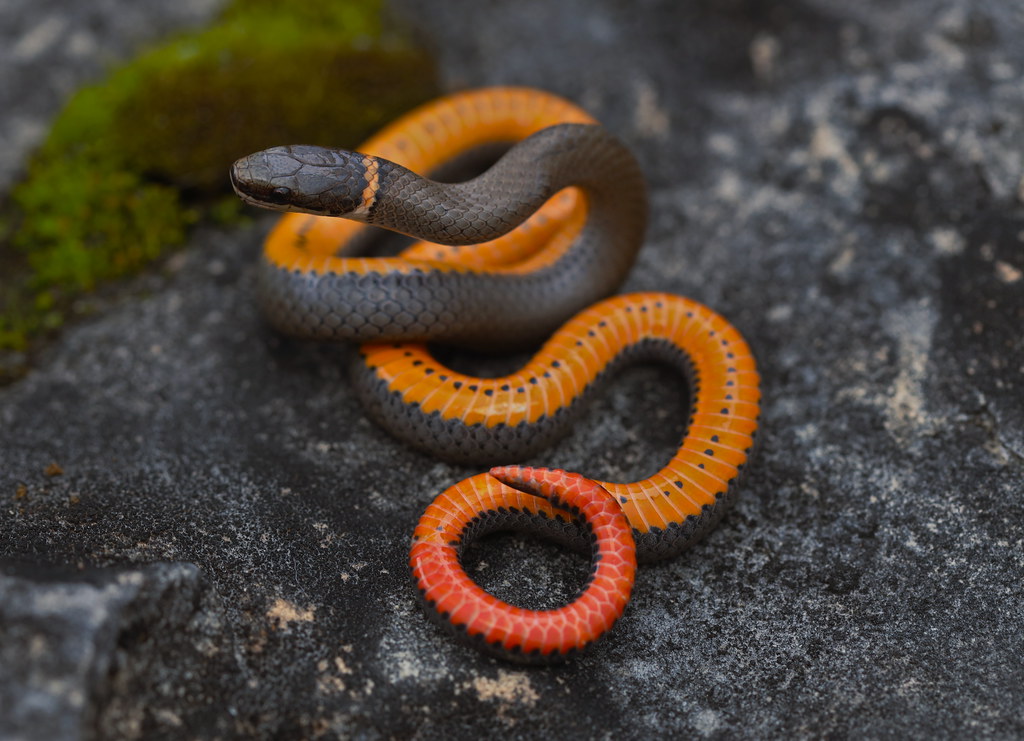

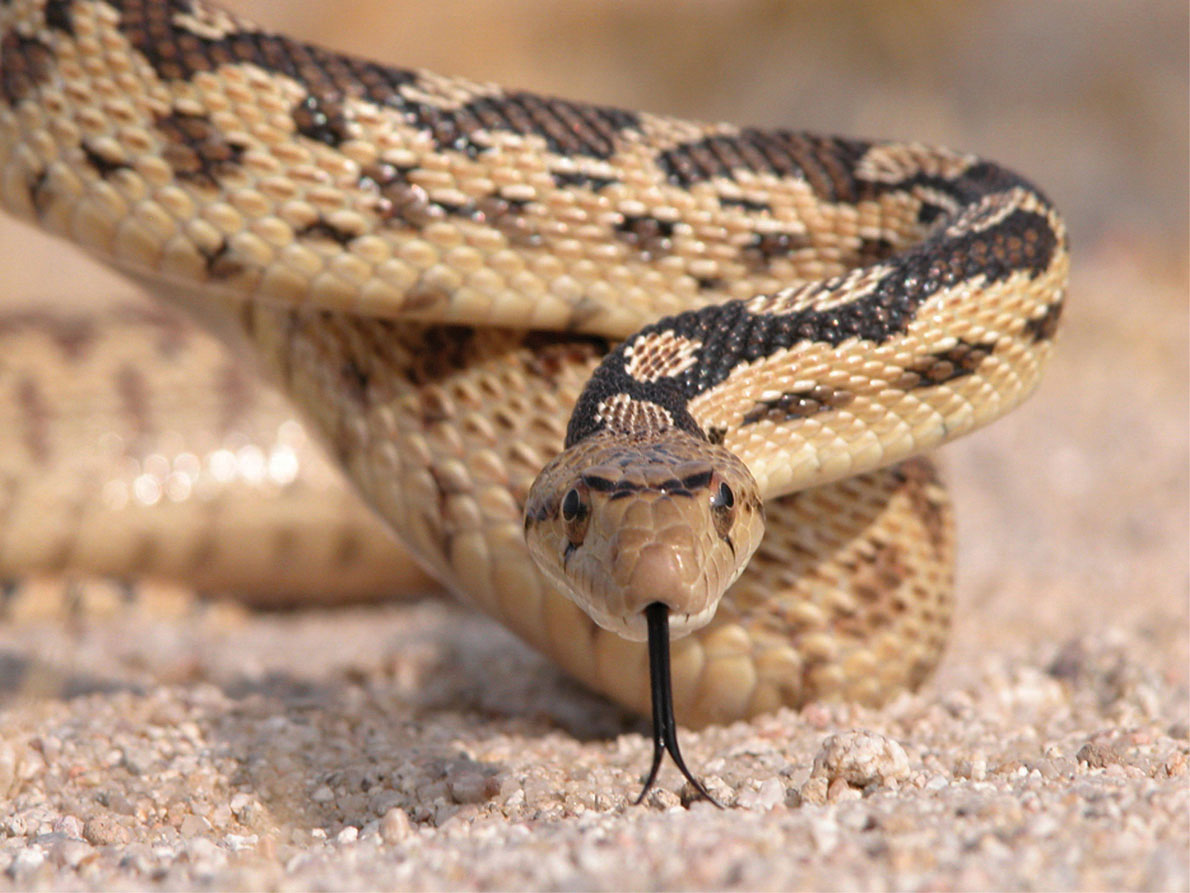


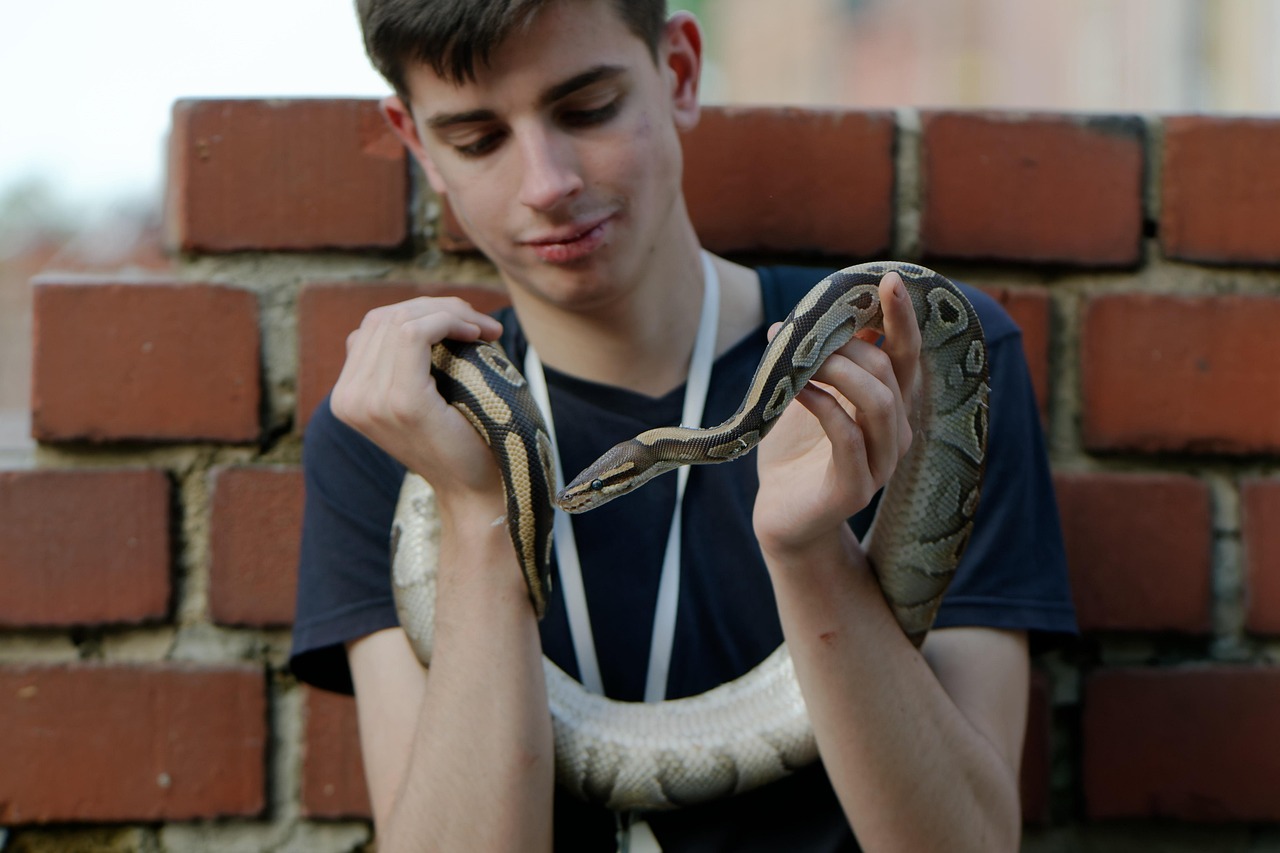
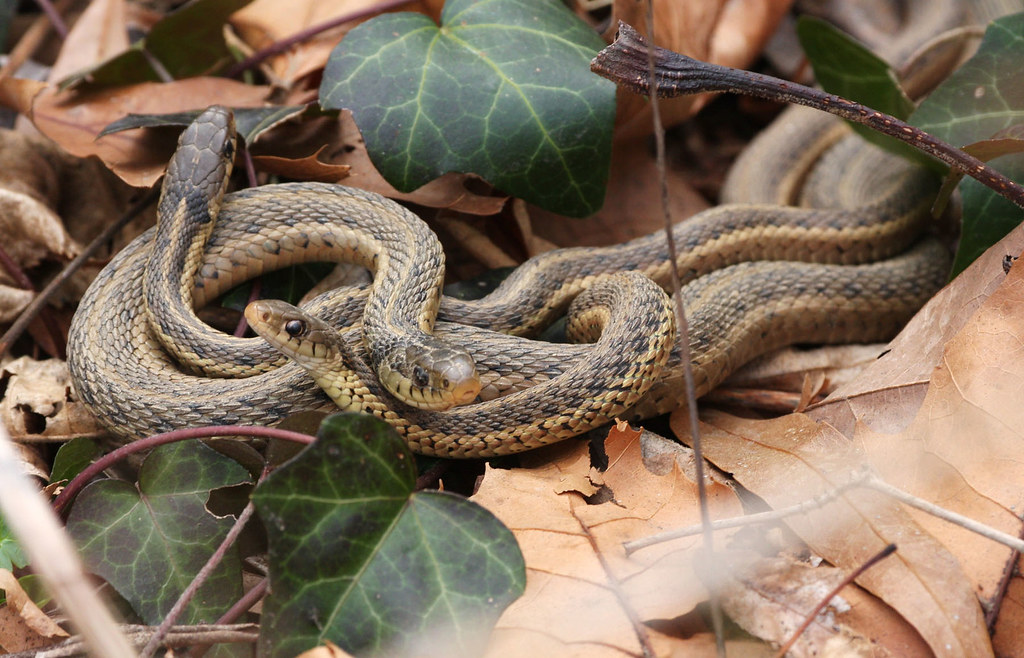
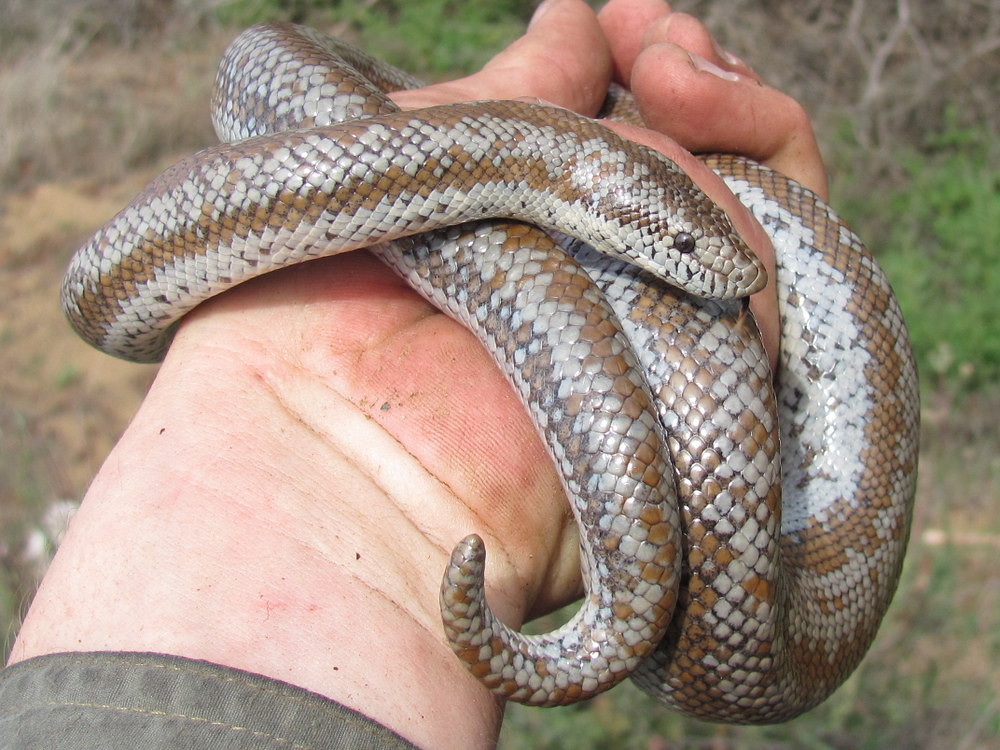





Leave a Reply